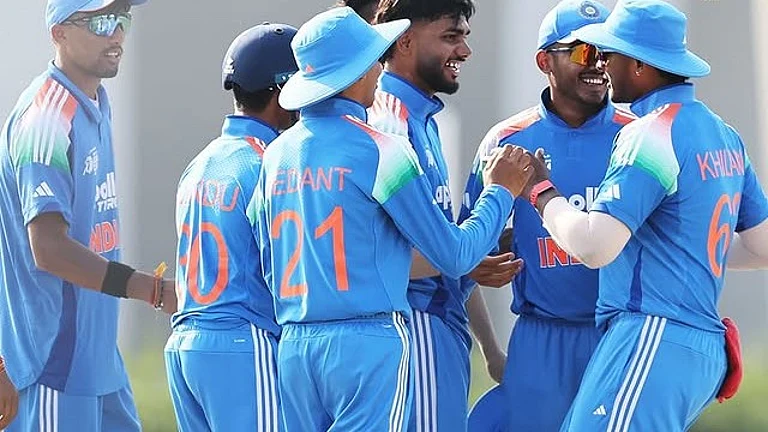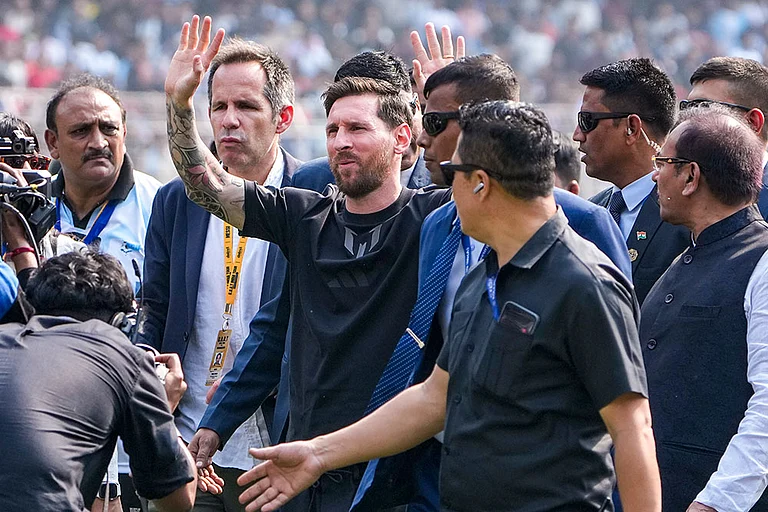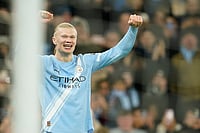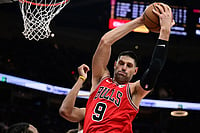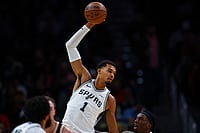
One reason perhaps why non-fiction took its time arriving in India was our perception about who exactly is a Writer. It was the done thing, for example, for any talented writer, even one with a non-fiction book under his belt, to be denied that label until he'd produced a novel. Can one blame our writers then for channeling all their creative energy into the novel form, whether it deserved to be there or not? That's where the prizes were, after all. Even writers like Pankaj Mishra, whose Butter Chicken in Ludhiana demonstrated the wonderful flexibility of non-fiction, felt compelled to try their hand at the novel. The result? The Romantics, which got him a respectable advance and less respectable notices. But something changed soon after The Romantics, and it wasn't just the author.
Perhaps it was 9/11 or an idea whose time had come, but suddenly the writer had liberated the story from the novel. Storytelling, and compelling storytelling at that, no longer needed the camouflage of a novel. The autobiographical no longer needed to be disguised as fictional. The fig leaf of fiction had dropped off facts at last. Instead of going on to write another novel, Mishra started work on a life of Buddha and his relevance, An End to Suffering, and topped it with another work of non-fiction, Temptations of the West.
Infusing glamour into the art of narrative non-fiction was top literary star Vikram Seth. His first literary memoir, Two Lives, was famous even before he began writing it, thanks to a record 1.2 million pounds advance. Like me, some felt the memoir had freed the best in Seth's writing: his engaging candour about himself and his family. Interestingly, the next book he plans to write is not another novel, but a book of essays on a single theme. Has non-fiction ended up coopting fiction's biggest star?
But more important, new stars keep rising on the literary firmament—stars who are making their way up the bestseller lists not on the strength of their reputation as novelists but known only for their essays or narrative non-fiction. How else can one explain the remaking of Nobel Prize-winning economist Amartya Sen into a bestselling essayist? His Argumentative Indian ended up selling more copies in a year than A Suitable Boy has done in 13.

Then there was Suketu Mehta, who felt he had a novel in him until his publisher Random House decided what he had in him really was a genre he'd probably not heard of before: a city memoir. A saleable, readable cocktail of real-life characters, Mumbai's underworld and a story as compelling as any work of fiction, Maximum City sealed the decade's crossover from fiction to non-fiction.
Exactly how blurred the division between fiction and non-fiction has become is best summed up in the words of Booker Man Prize chairperson Hermione Lee last week. What the judges were looking for, Lee said, was books with "storytelling and historical truthfulness". Is it time for the Booker to include non-fiction in the prize?








